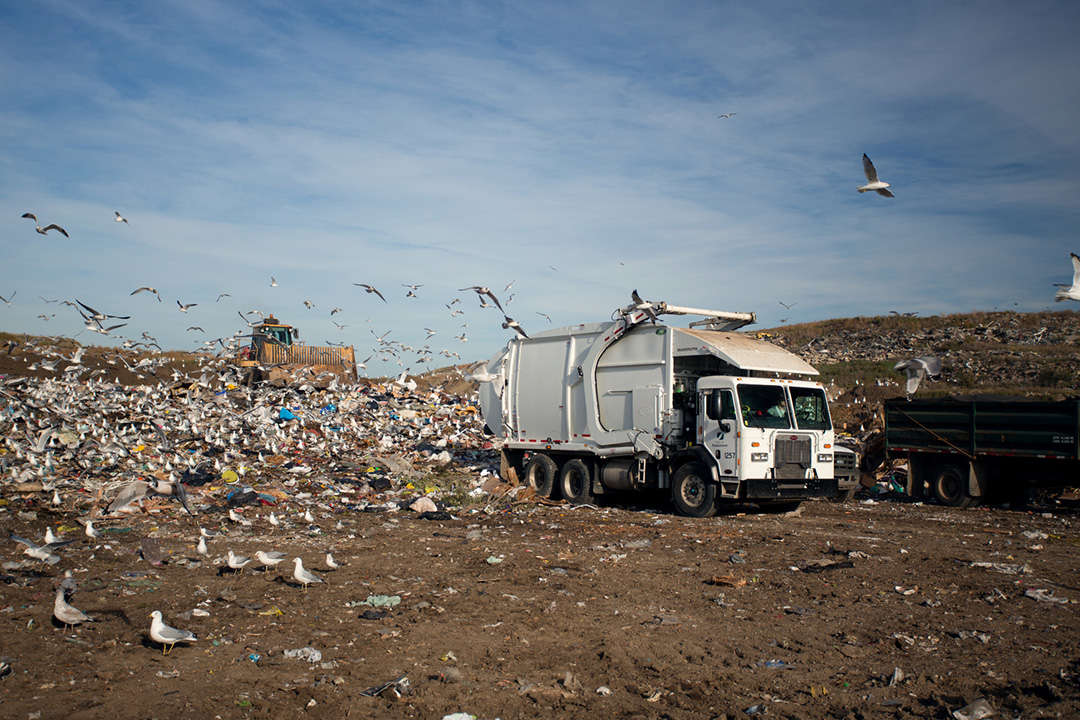
USask-City of Saskatoon study finds ways to divert edible food from landfill
SASKATOON – Diverting edible items from the landfill to improve food security is an easy cause to support. Removing the barriers to make it happen, however, can be complicated.
A new joint study by the University of Saskatchewan (USask) and the City of Saskatoon, Promising Practices in Food Reclamation in Saskatoon, found ways to minimize the food being discarded.
The project took place through Research Junction, an innovative partnership between the city and the university. Research Junction awards funding to projects that apply advanced research methods to address current issues in Saskatoon.
Rachel Engler-Stringer of USask’s Community-University Institute for Social Research was a lead researcher on the project.
The team performed a survey of best practices in food diversion, and gathered information from a wide variety of stakeholders, including food retailers and organizations on the front lines of providing food to clients in Saskatoon.
Once they understood the logistical and infrastructure barriers to diverting food, researchers developed recommendations to address this widespread issue. It is estimated one-third of the food produced worldwide and 30-40 per cent of all food produced in Canada annually is wasted or lost.
“We tried to make it very practical,” said Engler-Stringer, who is also associate professor in the Department of Community Health and Epidemiology at USask’s College of Medicine. “I hope that a number of our recommendations will be taken up and there will be significant change in Saskatoon.”
In particular, she would like to see a food recovery association created in partnership with governments, as well as a social enterprise established to “upcycle” or transform surplus food for other uses.
Farhad Lashgarara, who was a principal researcher for the study, said it is necessary to both create ways to divert food from landfills and provide disincentives for simply discarding it.
“It is now easier to just throw things away,” he said. “We need to change that equation.”
Other recommendations include a public awareness campaign, the use of phone food diversion apps, and inclusion of food diversion in city planning processes.
This initiative aligns with Saskatoon’s Solid Waste Reduction and Diversion Plan that provides clear actions the city can take to produce less waste and recycle and compost most of it. The report was presented to the Standing Policy Committee on Environment, Utilities and Corporate Services today.
“With these two strategies coordinated, the city is looking toward the next steps to act on their recommendations,” said Director of Sustainability for the City of Saskatoon, Jeanna South. “The upcoming regulation for businesses to start diverting the food waste they generate in 2023 presents an opportunity to encourage reduction and redistribution of food that otherwise would become waste, thus saving disposal costs while benefiting our community and environment.”
The full report can be found here: https://cuisr.usask.ca/publications.php
-30-
For more information, contact:
Victoria Dinh
USask Media Relations
306-966-5487
victoria.dinh@usask.ca
City of Saskatoon Media Relations
mediarelations@saskatoon.ca

